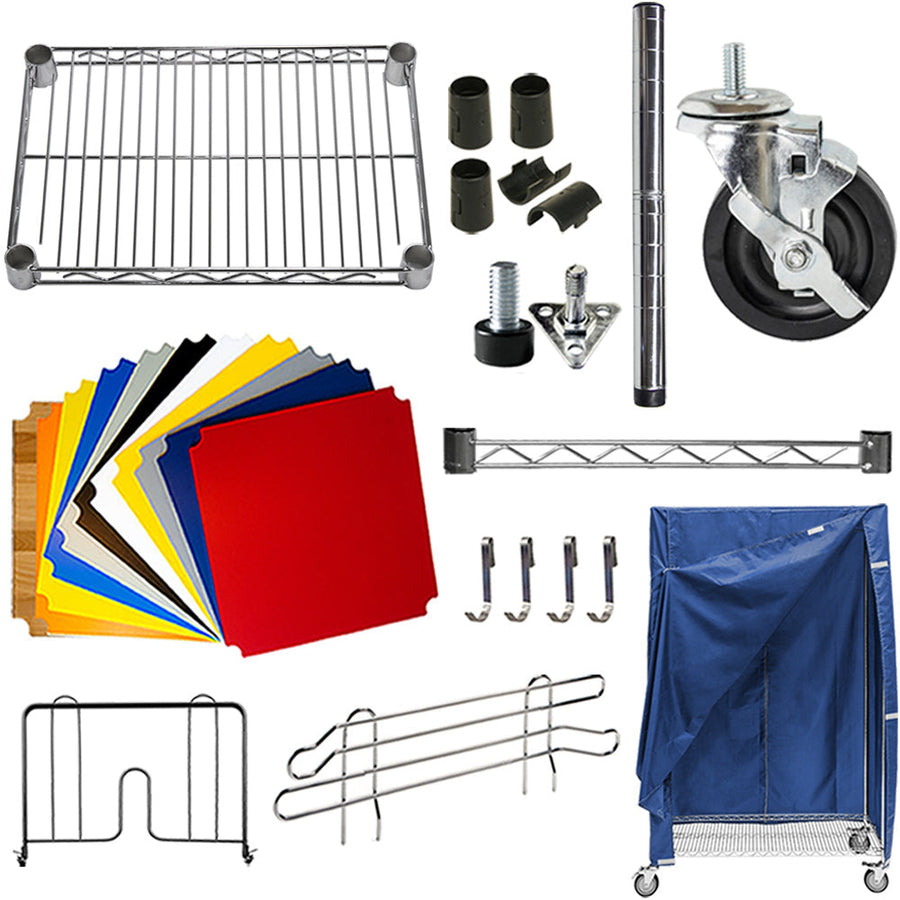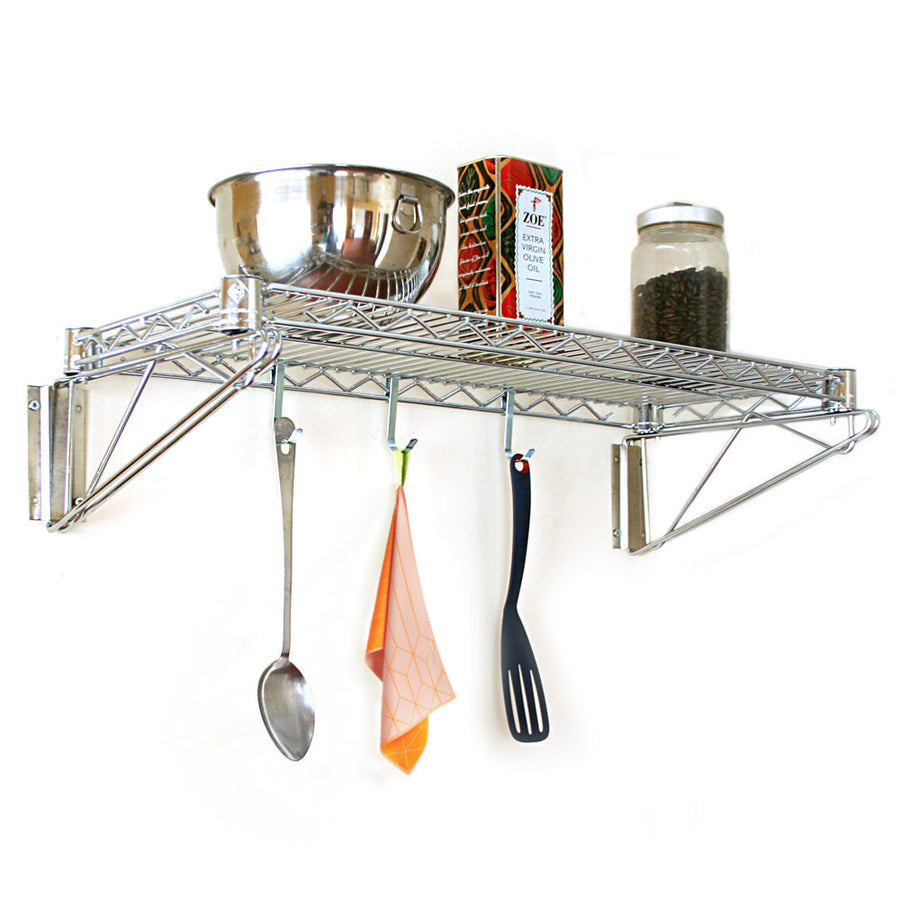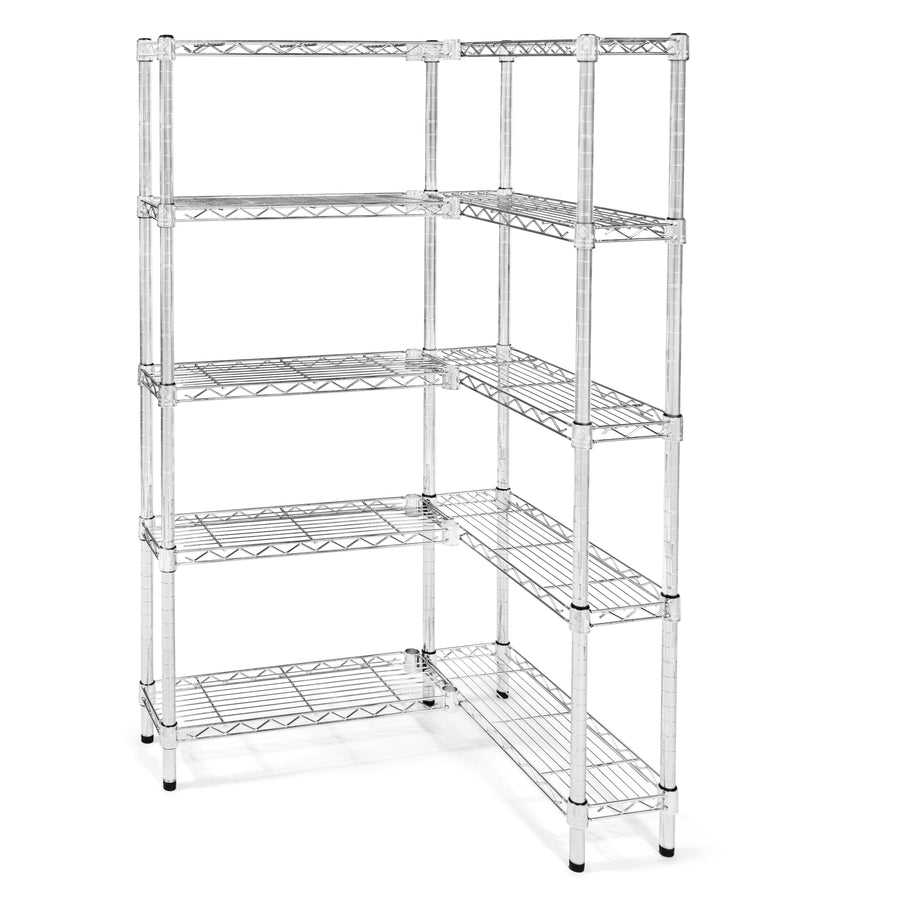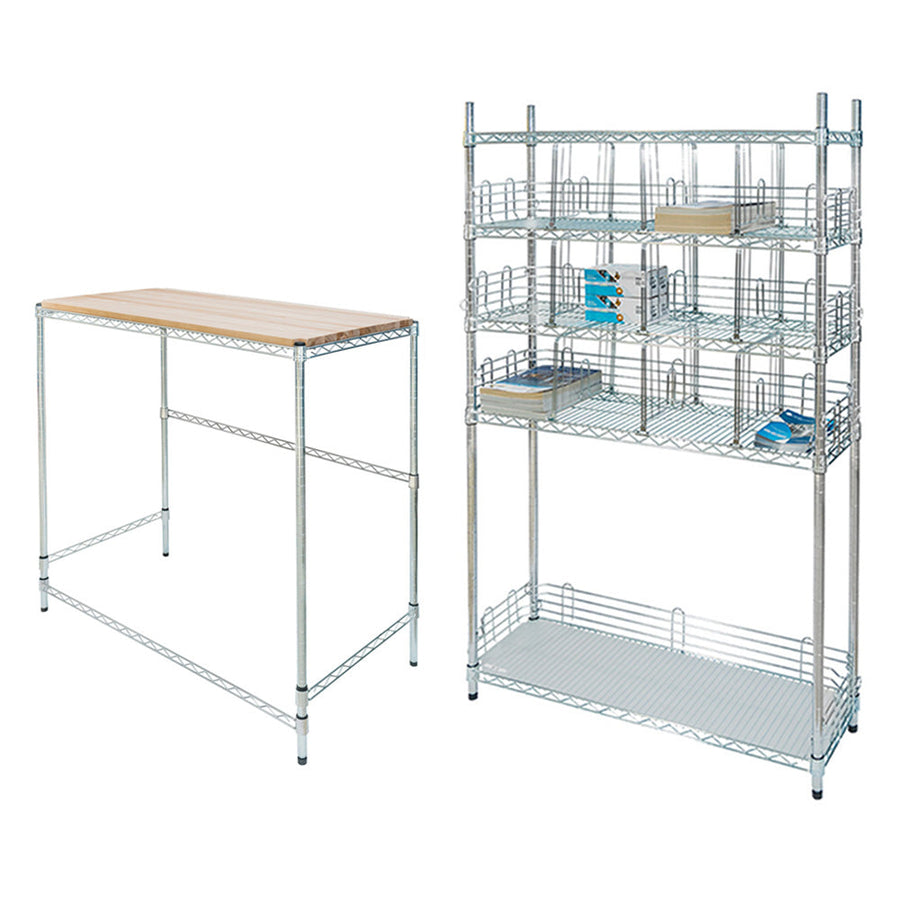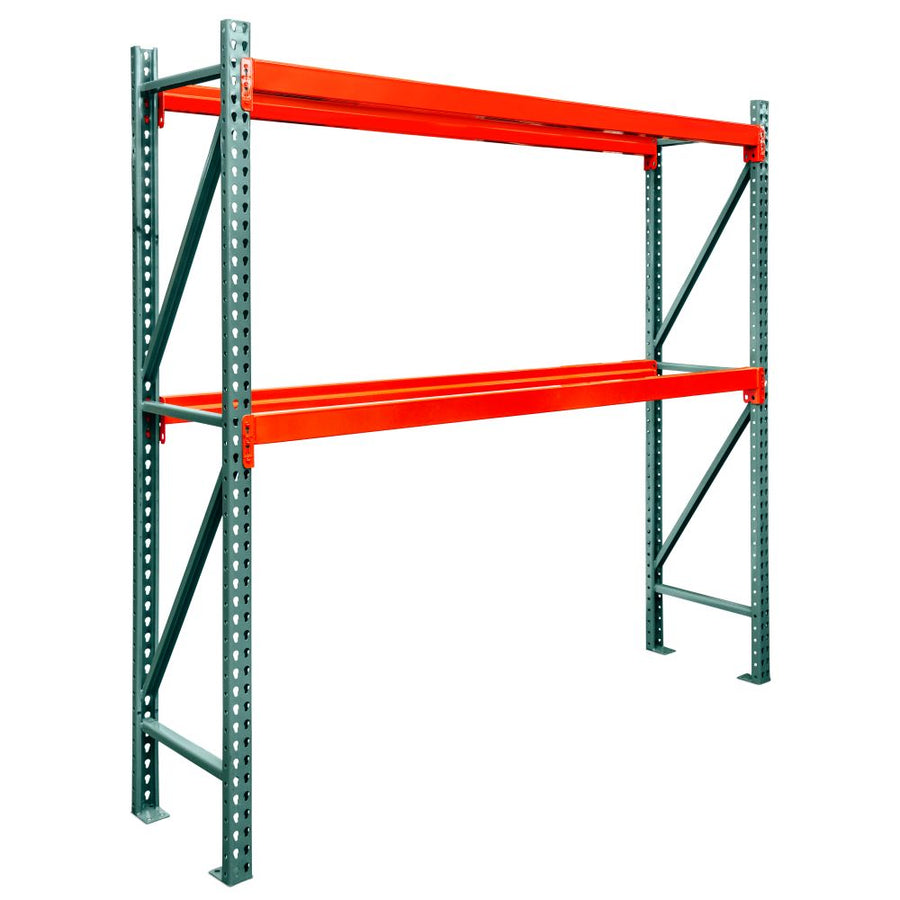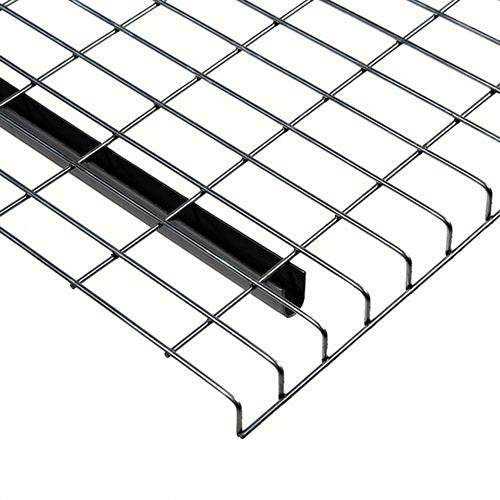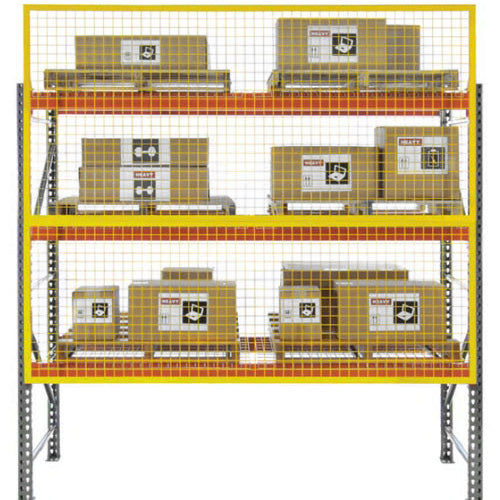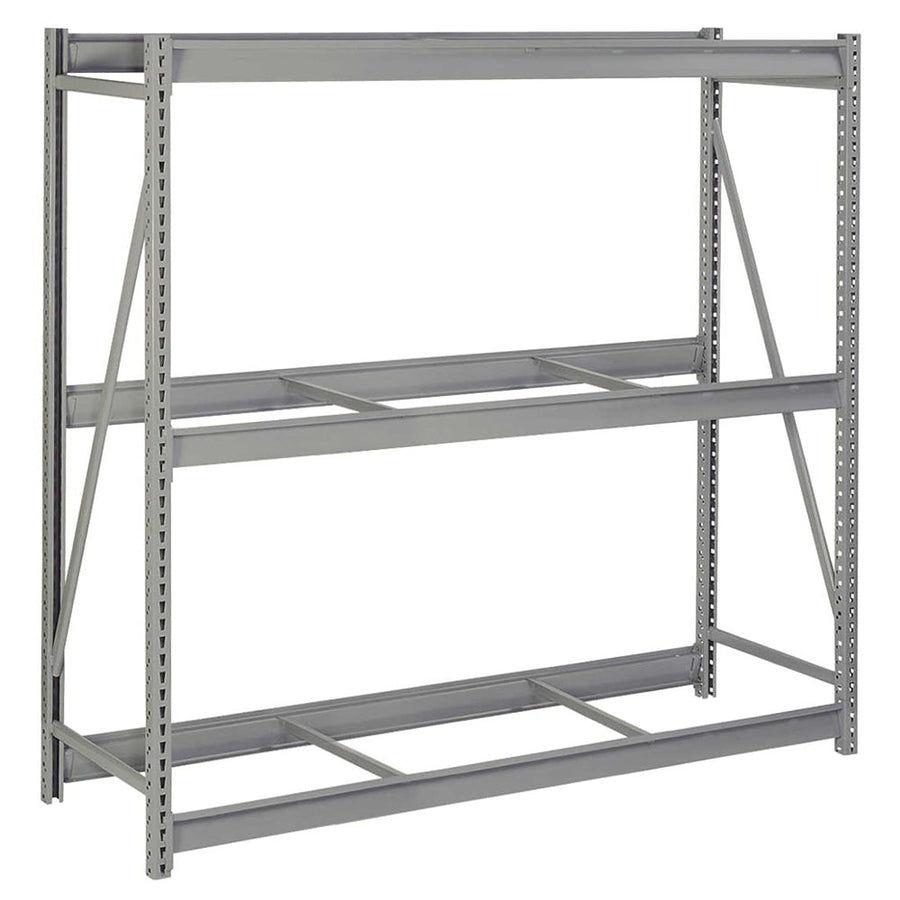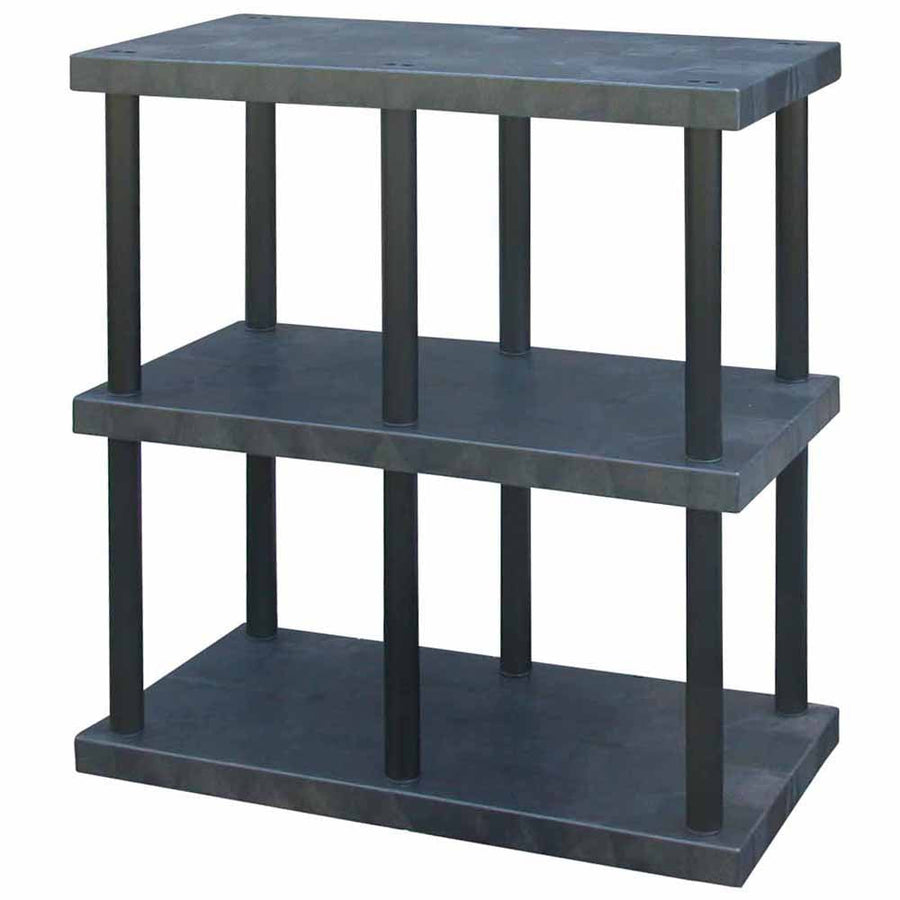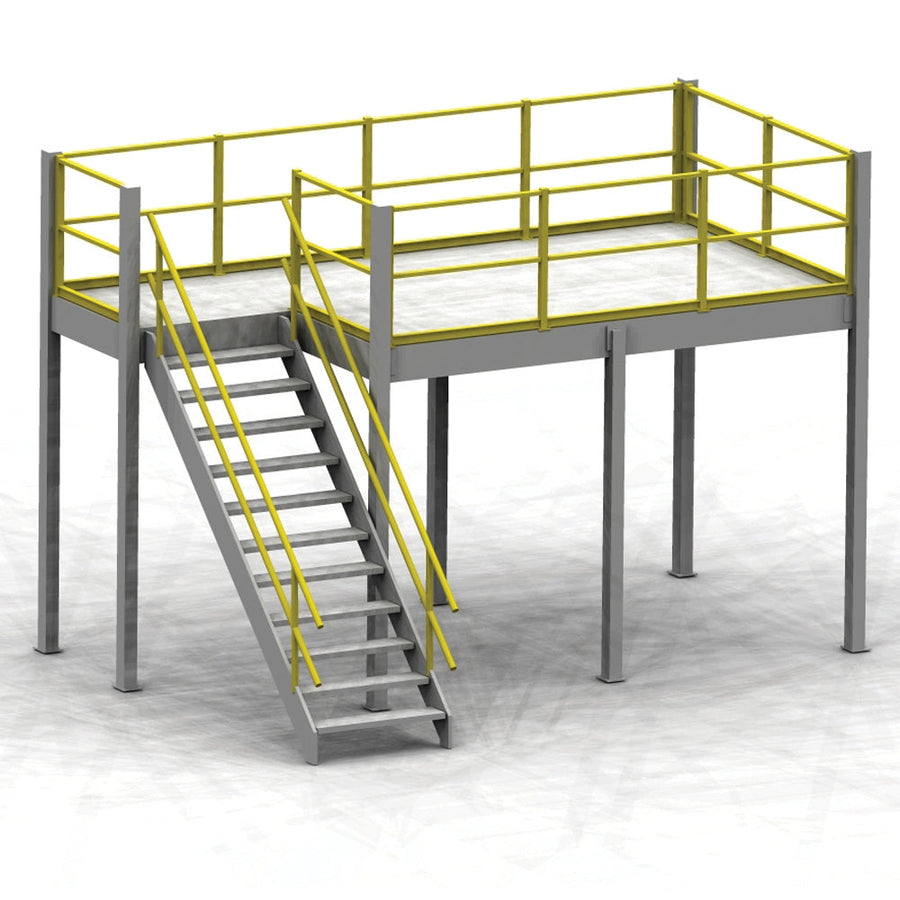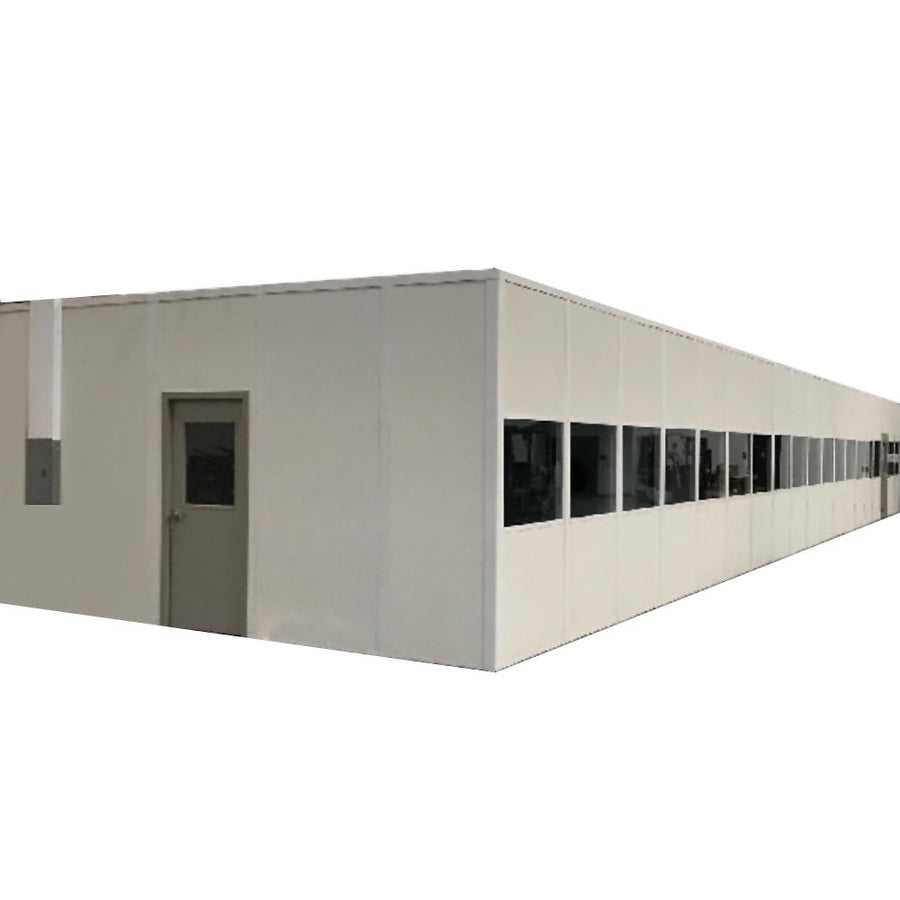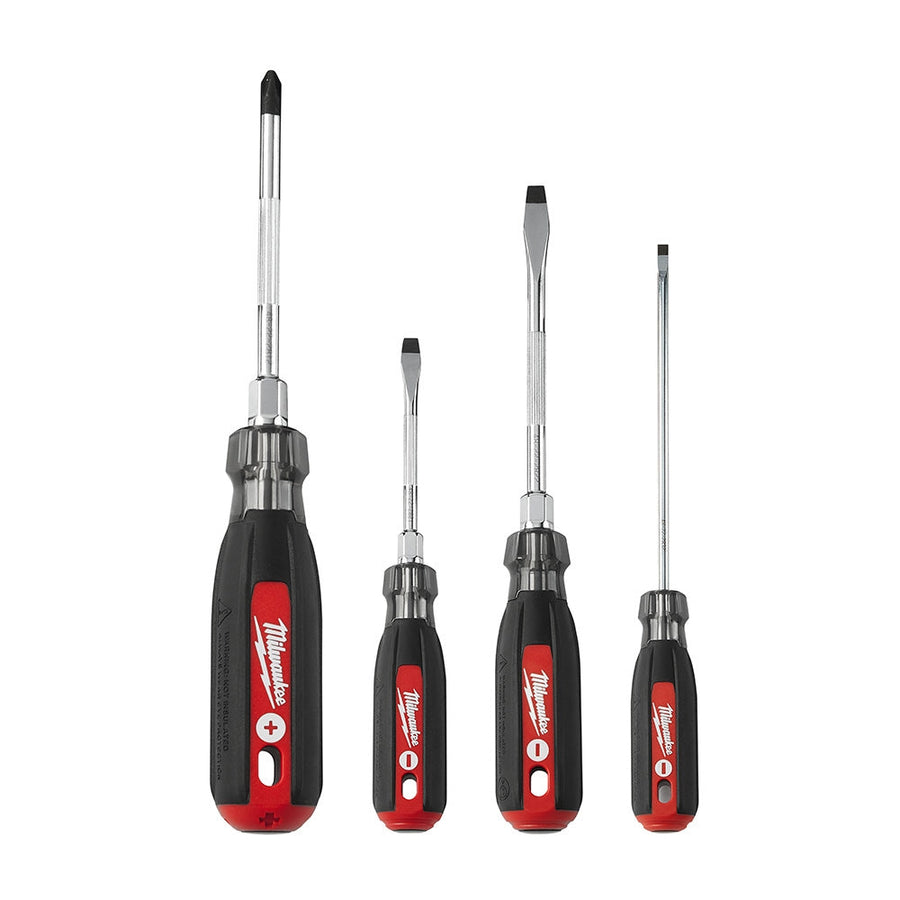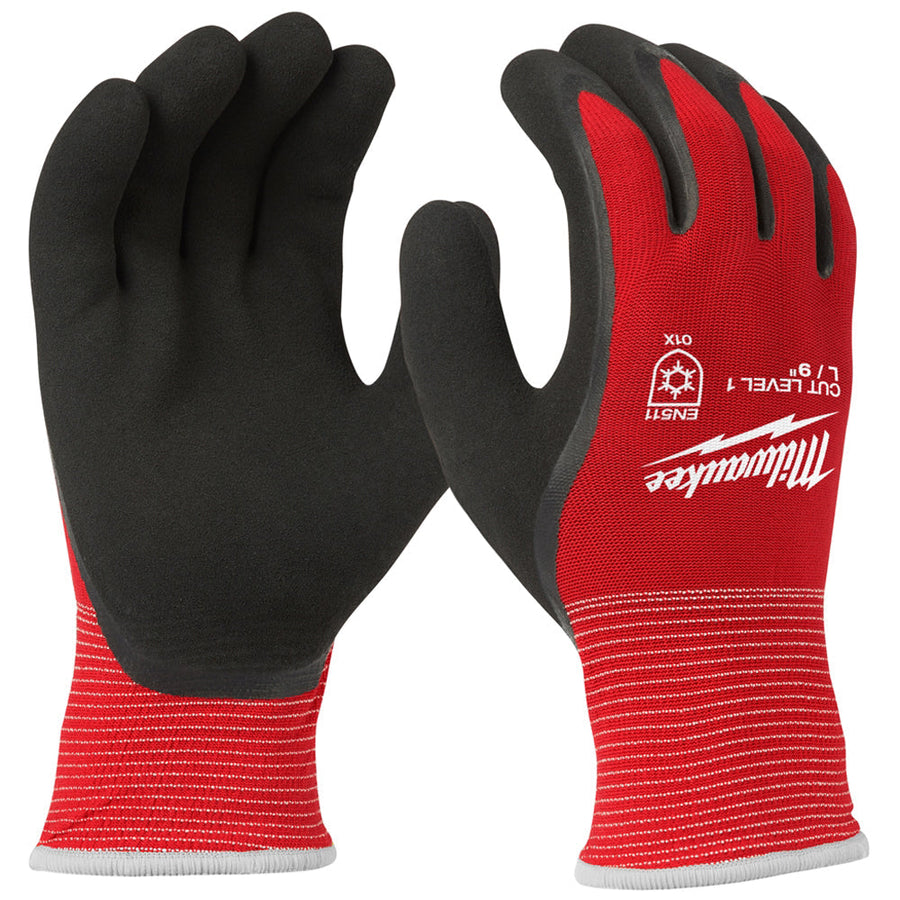Even if the damage isn’t serious, damaged pallets are one of the biggest hassles - and greatest blocks to productivity - that a warehouse can face.
Above and beyond the obvious risk of damaged products, damaged pallets can take time to repair, causing lost time and productivity, and the risk of missing or lost goods in the meantime.
And while it doesn’t take much to repair a damaged pallet when located, it can be a little trickier to figure out exactly what caused the damage in the first place. While the causes can be numerous, there’s usually a few surefire culprits to check for damaged pallet racks - and what you can do to prevent this damage going forward!
Common Causes of Damage to Pallets
Improper forklift usage
One of the most frequently-seen causes of damaged pallets is through improperly used forklifts. A number of factors can contribute to this - lack of proper training, environments that aren’t conducive to safe forklift usage (debris on the floor, narrow aisles that prohibit movement), or even pallet racking that’s not set evenly, leading to difficulty in retrieving or placing pallets. Work with your team to identify any potential roadblocks they may be running into, literally or figuratively, and help keep your team on the same page training-wise.
Lack of safety guards on pallet racks
Placing the items safely is only half of the battle when it comes to preventing damage - the design of the racks themselves can come into play as well. Loose bolts, overhanging products, and improperly assembled racks can prove a safety hazard to your products - and perhaps more importantly, your workers. Review your pallet racks to make sure you’re properly using pallet rack safety guards to stop your products from hanging (or falling) off the edge, and check your pallet rack uprights to make sure everything is properly assembled and fastened.
Storage friction
The movement of pallets can be a prime source of wear and tear, even if the pallet itself doesn’t have far to go. Pushing along the ground, scraping up against other pallets while being placed, even rocking back and forth on a truck or on a forklift can all head to wear and tear on pallets. Review your handling processes and see if there’s any sources of friction - both literally and figuratively - that may be causing you to need to replace your pallets early.
Age and weather
Sometimes, no matter how gentle you are with your pallets, you can’t stop the effects of time. Even the most reliable of used pallets get exposed to rough handling, heavy loads, and the elements over time, and it can start to affect the quality of your individual pallets. Take a look at Old Reliable sometime and see if it can still stand up to the daily wear and tear - if not, it might be time to get new racks.



